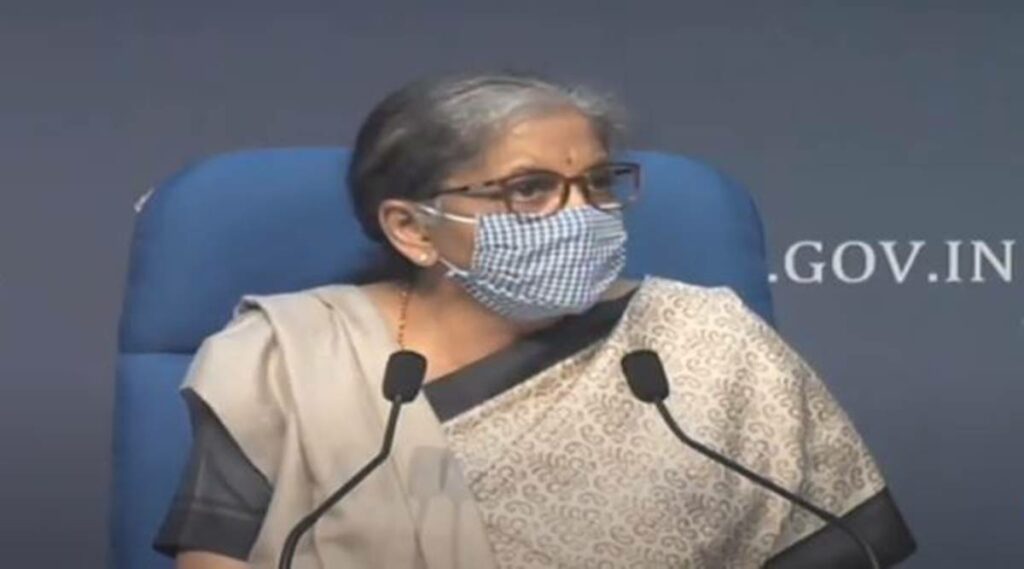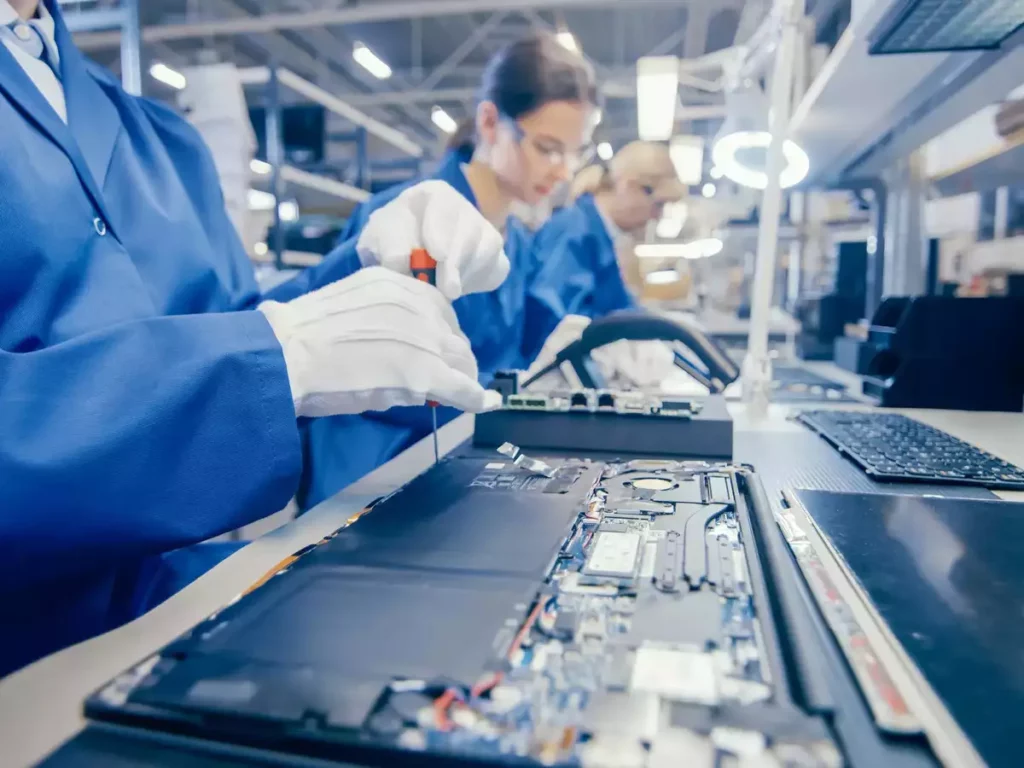The government, which wants global IT companies such as Dell, HP, Apple, and Samsung to expand manufacturing in India, will soon release a revised production-linked incentive (PLI) scheme for IT hardware, which will more than double the production-linked incentive structure and financial outlay to Rs 17,000 crore.
Officials familiar with the development told that the PLI scheme for IT hardware, which covers laptops, tablets, all-in-one PCs, servers, and ultra-small form factor (USFF) desktops, will likely cost Rs 17,000 crore in its new form (PLI 2.0), compared to Rs 7,350 crore in the current scheme. According to them, the average reward over six years will be around 5.3%, up from 2.2% over five years today.
The production-linked incentive’s validity period has been extended to eight years, effective April 1. However, applicants may select an April 1, 2024 or April 1, 2025 start date. The arrangement will be in effect for six years.
According to officials, the ministry of electronics and information technology (MeitY) would likely seek Cabinet approval for the revamped scheme soon.
The first iteration of the initiative did not take off, with just Dell and Bhagwati (Micromax) fulfilling the first year’s (FY22) targets out of the 14 approved companies.
Companies have claimed insufficient sops as the primary cause of PLI 1.0 for IT hardware failure. Big players like Samsung and Apple had opted out of the scheme entirely.
Despite company calls to abolish it, MeitY has suggested keeping the minimum investment criteria in the new plan. However, the amended system suggests allowing members to invest only 40% of what is required in the first year and make up the difference in subsequent years.
If the shortage exceeds 40%, the production-linked incentive will be reduced by 0.5% of the shortfall percentage.

Furthermore, existing applicants’ contributions made as part of the present version of the scheme will be accepted for the first two years of the redesigned scheme, according to officials.
Global corporations must invest a minimum of Rs 500 crore over a six-year period, beginning with Rs 50 crore in the first year, followed by Rs 150 crore in the second year, Rs 250 crore in the third year, and so on. Domestic firms must invest a total of Rs 20 crore over six years, beginning with Rs 4 crore in the first year, Rs 8 crore in the second year, and so on.
The amended scheme also includes a new category in which corporations can invest Rs 250 crore over a six-year period. According to the officials, both global and local enterprises can participate.
The redesigned programme retains the requirement that participants incrementally localise certain components each year in order to claim benefits. Companies, on the other hand, will have the freedom to select the component for localization. In addition, the amended scheme enhanced the percentage of production-linked incentive that can be claimed based on the localisation timeline.
During the six-year period of the project, manufacturers will be required to obtain the printed circuit board assembly (PCBA), battery, power module, cabinet or chassis, or enclosure locally.
Furthermore, the updated scheme contains an optional list of subassemblies and components that can be acquired locally in order to qualify for further production-linked incentive . Add-on controllers for servers, bare printed circuit boards (PCB), memory modules, solid-state drives, display panels, and system-on-chip (SoC) based on indigenously created CPUs are among the optional goods, with additional incentives for ATMP (assembly, testing, marketing, and packaging).

Furthermore, the updated method permits component manufacturer investment to be classified as application investment.
As a result, the overall production-linked incentive payout will be determined by both the schedule for localization and the optional elements included in the updated scheme. Manufacturers, for example, might receive a 4.9% incentive for localising PCBAs. However, if the producer also obtains the bare PCB from a local vendor, they can claim an additional 0.75% incentive.
The updated model states that producers might theoretically claim up to 8.9% production-linked incentive in the first year, which drops to 3.6-4.6% in the sixth year. The updated draught also includes a cap of Rs 4,500 crore as the maximum incentive that foreign firms can claim, with no such cap for domestic companies. Domestic firms must achieve yearly incremental sales of Rs 50 crore in the first year, Rs 100 crore in the second year, and Rs 500 crore in the sixth year.
Also Read:




